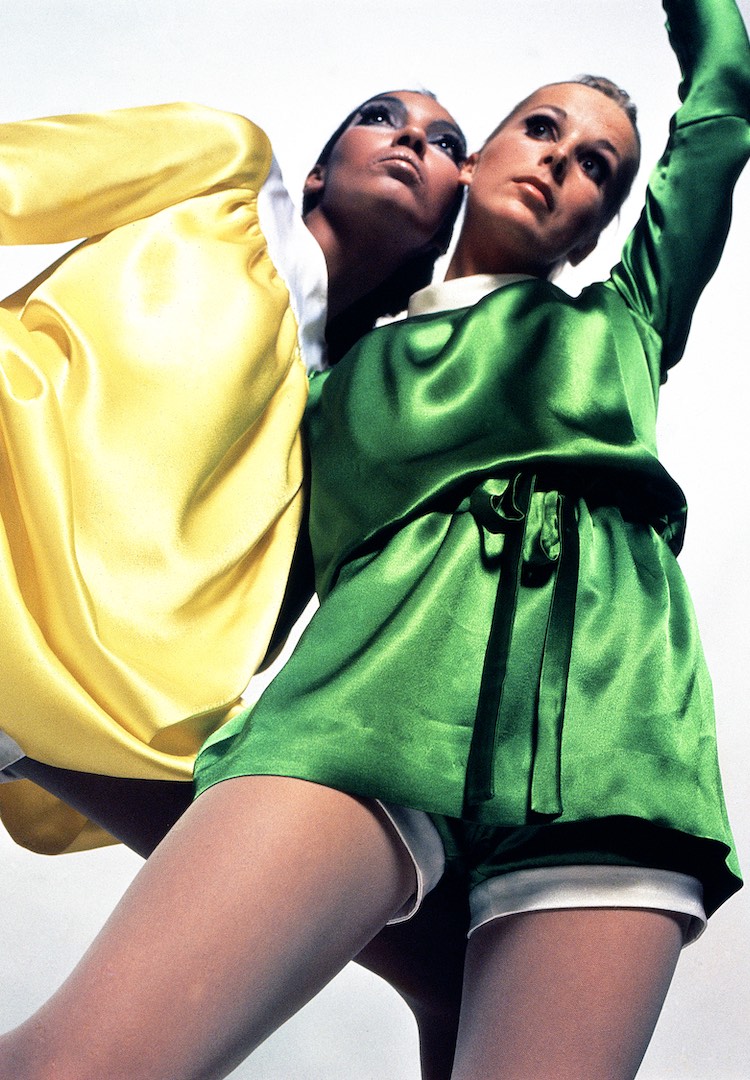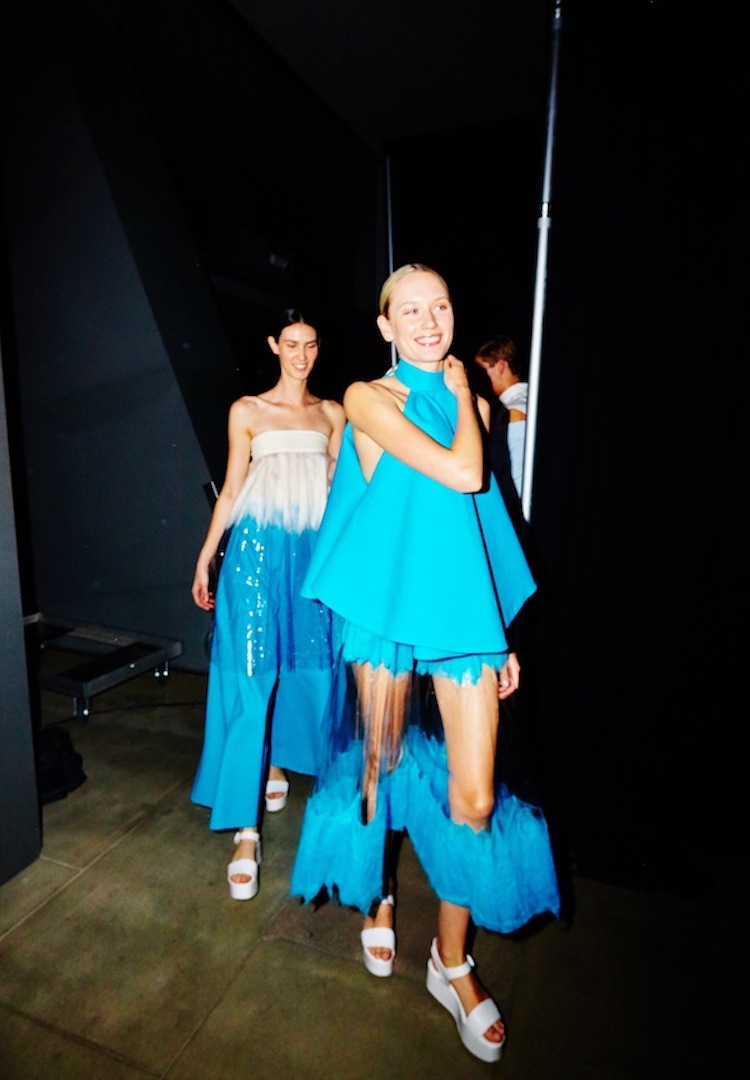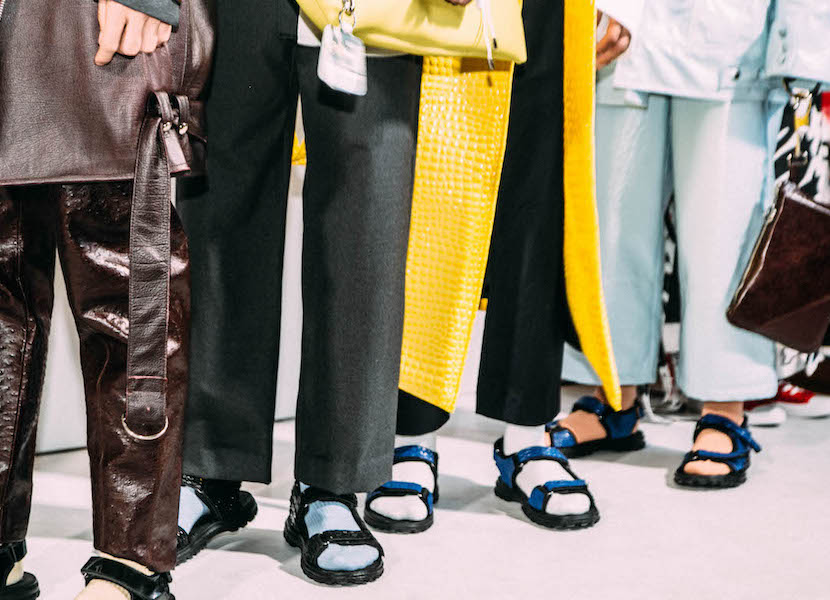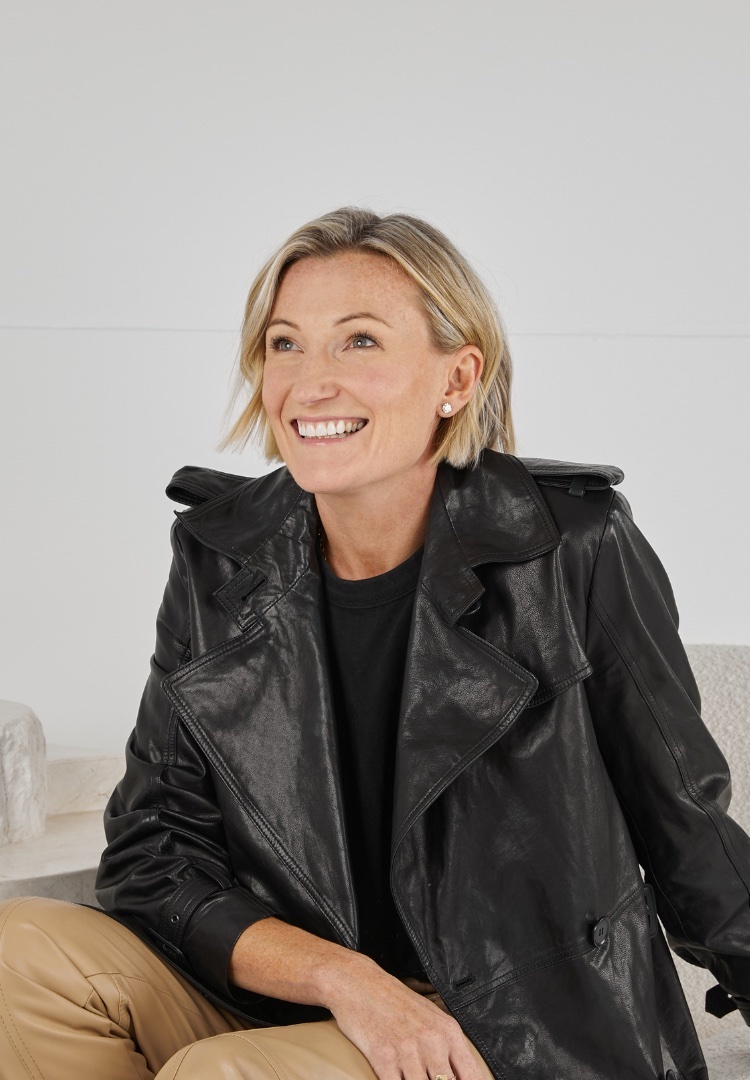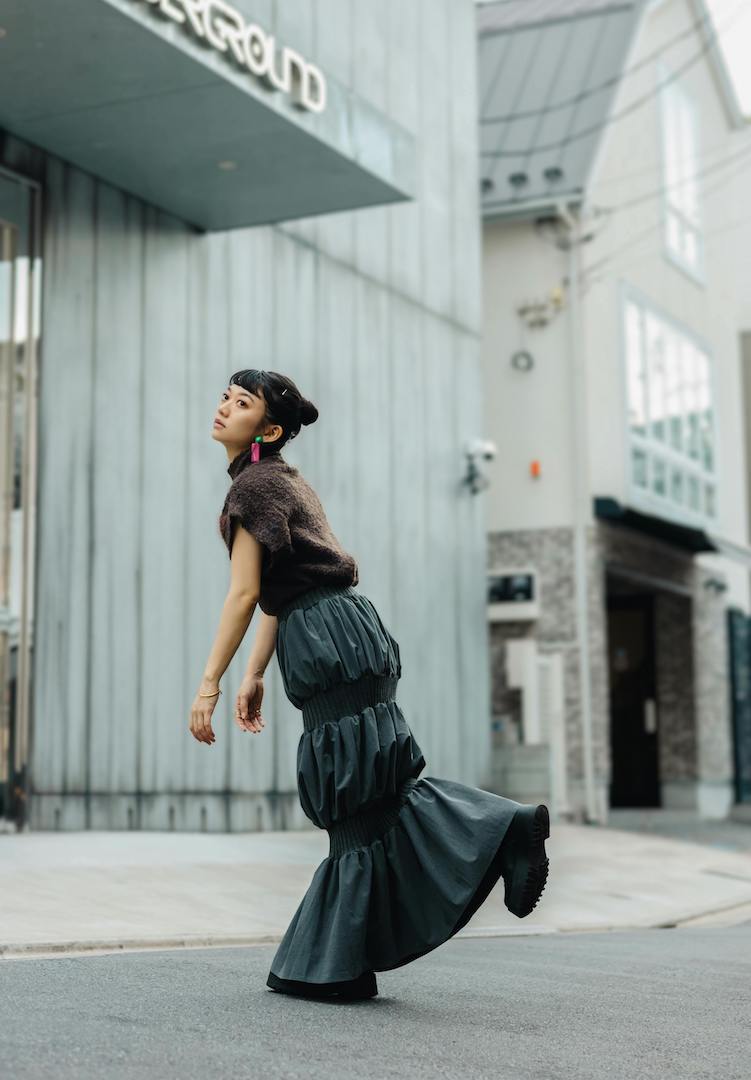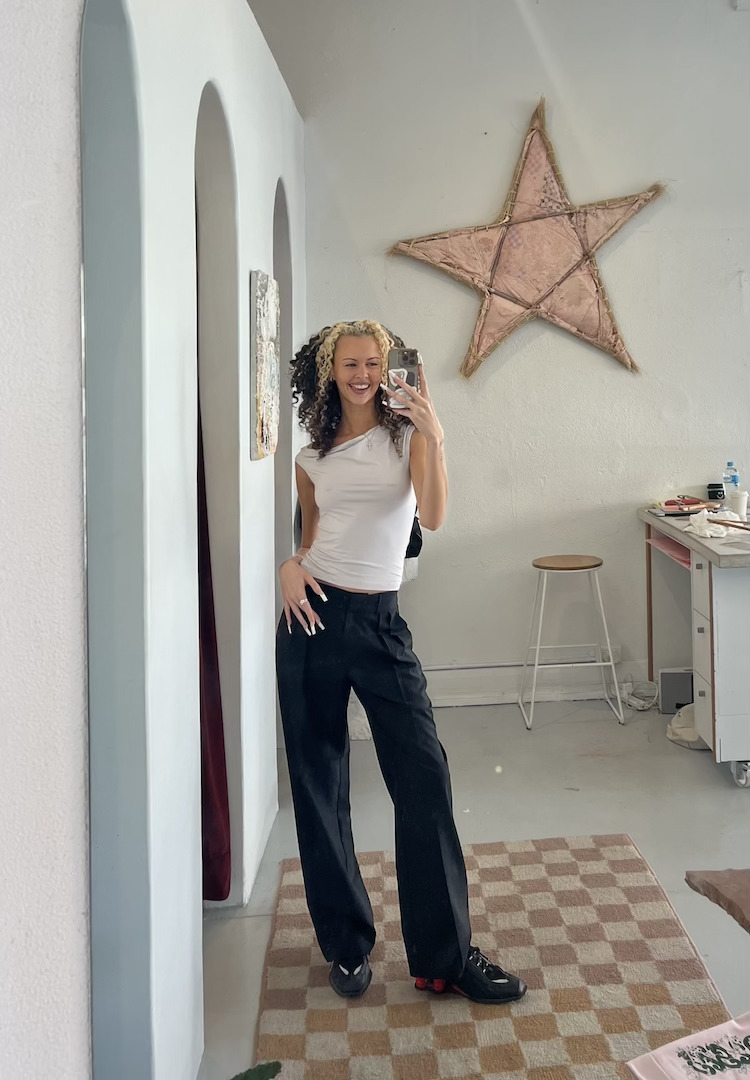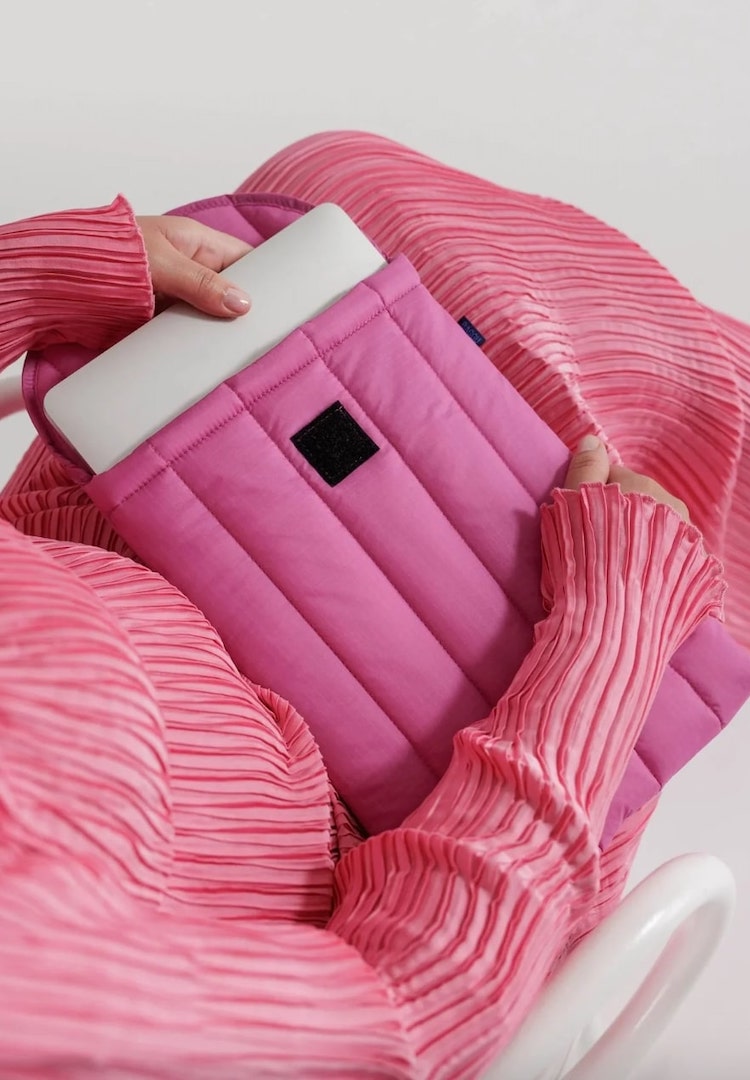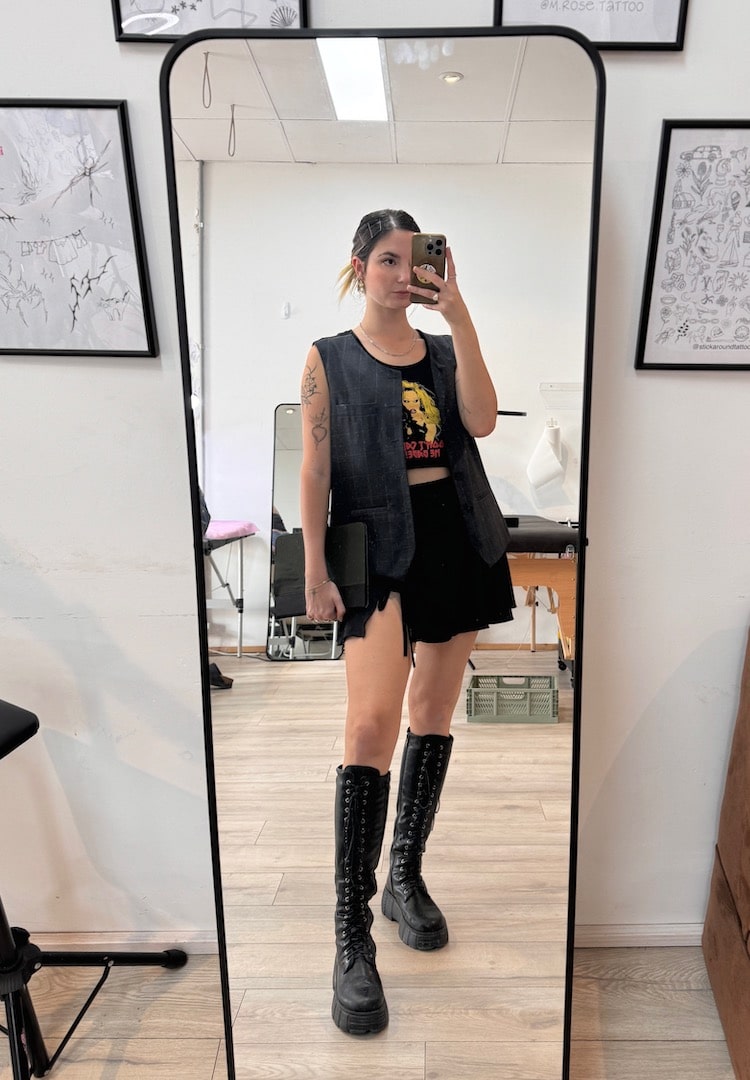10 years of Melbourne Fashion Festival: Who has thrived, survived and died
WORDS BY TESS FISHER
Australia’s largest fashion event then and now.
I have always felt an affinity with Melbourne Fashion Festival. Not just because I’ve been every year for a decade, not because it was my first job as an intern, and not because it was the first big Melbourne event I attended. No. The event holds a special place in my heart because we are birthday twins. Every year, when March 17 rolls around, I know there will be a sartorial spectacular to help me celebrate.
Looking to step up to a career in fashion? Each week we send a wrap of industry jobs straight to your inbox. Subscribe here to get hired.
In 2011, the Melbourne Fashion Festival was 15 years old – one year younger than me. Mum bought tickets for my birthday, and I spent hours choosing the right lipstick and deliberating whether I should opt for a beret or my signature quiff (trick question: neither).
Fast forward a decade, and the industry has changed as dramatically as hair trends. While some labels have fallen out of favour (just like my quiff) or left the fashion landscape entirely, others have cemented themselves as mainstays of Australian industry and other newcomers have emerged to much acclaim.
The challenges
I was most excited to see my favourite label, LIFEwithBIRD. When model Kate Peck opened the runway, I could not have guessed this brand would live on in my wardrobe, but not in boutiques. LIFEwithBird went into voluntary administration in 2018.
“2011 was a fantastic year for LIFEwithBIRD. We were literally flying,” says co-founder, Bridget Messner. “We were involved in 11 consecutive runway shows from 2007 until we retired the brand in 2018.”
“The fashion industry can be fickle and you have to work hard to remain relevant by adapting to the times,” says Messner. “We learnt that staying true to your brand is key. Never lose focus of who you are and maintain a distinct narrative.”
View this post on Instagram
Many brands that shared the stage in 2011 have since left the Melbourne high streets. Lisa Ho went into administration in 2012, Alannah Hill stepped away from her eponymous brand in 2013, and Thurley fell victim to COVID pressures just last year. While these labels no longer have a brick-and-mortar presence, their pieces have stood the test of time in my closet. Countless other designers have exited the scene in the last ten years, but while shoppers continue to treasure or upcycle their favourite pieces, these labels will never die.
This year, Messner plans to make waves with a new offering. “I’m in the midst of starting a very exciting new business with my partner,” she tells me. The venture, Self-Agency, is a bespoke image and styling company offering direct access to Bridget’s industry and personal knowledge.
The winners
Over the years, the Festival has built a reputation for fostering emerging talent. The National Designer Award acknowledges promising Australian designers in their formative stages, and in 2011, Melvin Tanaya and Lyna Ty from Song for the Mute took the title.
“It was such a big deal to us back then,” recalls Melvin. “The award opened so many doors for us, we were invited to show in a Paris showroom for the first time, gained more international stockists, and were offered a runway in Singapore.”
When asked about the brand’s longevity, Melvin says, “I think sitting outside of the trend sphere has helped us in a lot of ways, as we have loyal customers who come to us season after season.” Song for the Mute has used the digital revolution to its advantage, utilising the online world to grow its narrative roots. “Despite our shared international turmoil, never before have we been more connected as an industry through digital opportunities,” says Melvin.
As the first menswear brand to win the award – and the youngest – Song for the Mute was a trailblazer. It was also a trendsetter. In 2021 men’s fashion has again triumphed, with the news Sydney label Commas has taken the crown.
The long game
Where many have fallen, a handful of designers bookend the decade with appearances in the 2011 and 2021 programs. Names such as Akira, Ellery and Scanlan Theodore have proven adaptable and evergreen.
“I’d have to Google myself!” laughs Akira Isogawa when I ask about his first MFF. “It would easily be – oh my god – nineties maybe? …For the last ten years, pretty much every year I am involved. I feel privileged to be invited.” He describes the Festival as ‘vital’. “That’s how important it is for me to show it in the city of culture and art.”
According to Akira, the industry has not gotten easier or harder. “Fashion has always been hard. It’s very competitive… You could be best friends one season, but then the next season, they don’t want to know about you.”
View this post on Instagram
Echoing Song for the Mute, it seems a disregard for relevance is what helps you, well, stay relevant. “I tend to distance myself from trends,” says Akira. “All I can say is thank god I wasn’t following trends back in 2011, and thank god I am not following trends in 2021. It means the work you see, I am happy to say, is going to be timeless.”
Influencers
In 2011, the front row (or FROW, if you’re nasty), was changing. Long-respected magazine editors and print media behemoths were sharing the spotlight with up-and-coming social starlets: it was the dawn of the influencer.
“In 2011 I was almost at my peak of my blogging career,” says What Would Karl Do (WWKD) founder, Jess Dempsey.
Jess started her site in late 2009 as a way to share her personal style. She recalls hating the influencer label. “I put a lot of hard work, authentic networking, creating and time writing for my blog and I didn’t want that to be dismissed for perhaps someone thinking I just take selfies for a living.”
View this post on Instagram
Since then, Jess has transitioned from “wearing crazy sequin skirts and OTT heels” to becoming a “fashion-mama” who embraces the influencer title. “It truly defines what I do now, influencing my audience in an authentic way to give them something to take away from me.”
Again, it seems knowing your own brand is the key to relevancy. “The biggest thing for me when it comes to being one of the OGs of the Aussie blogging scene is to be authentic,” says Jess.
Trawling through paparazzi pics of 2011, between the platform heels and fingerless gloves, I see bloggers who converted their readers into a faithful flock of Instagram followers. Friend in Fashion has been inactive since 2019, but Jasmin Howell now shares snaps of her athleisure label Tennis Time Vintage directly with her 199k IG followers. Raww Blog no longer exists, but Founder Micah Gianneli is flourishing on social media, having hit the 1 million mark on the ‘gram. And in 2011, Nadia Bartel (Coppolino back then), hadn’t even started Chronicles of Nadia – the fashion blog that saw her become a red carpet staple.
Curtain call
Looking at photos from the archives of our teenage years – mine and the Festival’s – I see creativity, inspiration and hope (and a few fashion faux pas…). Over the last decade, we have been tested, but most importantly, we have evolved.
My birthday is looming this week, and I am thinking about the woman I want to be. As always, I look to my little Festival sister for inspiration. Listening to her voices, it seems the key to success in fashion – and in life – is to follow your own path. A toast to you, MFF, my sister and friend.

